Apple's new patent shows how its AR glasses could help those with impaired vision see again

Apple's next big thing is expected to be AR smartglasses. Back in March, reliable Apple analyst Ming-Chi Kuo said that mass production of the device won't start later than the second quarter of 2020 and might actually roll off assembly lines sometime this year. Last year, Loup Ventures analyst Gene Munster, who once predicted that Apple's smartglasses will be bigger than the iPhone, said that the product will launch in December of 2021 and expects them to be priced at $1,300.
The U.S. Patent and Trademark Office (via Apple Insider) has just granted Apple a patent for technology that could be used with the company's smartglasses. Titled Augmented reality device to warp images, the patent reveals how Apple Glasses (as the product could be named) might be helpful to those considered visually impaired. Consumers with vision issues due to age or diabetes might be able to don a pair of the company's smartglasses in order to see something that they couldn't normally view.
Apple is doing something similar with the FaceTime Attention Correction in iOS 13
For example, if a person has a floater that blocks a portion of their view, the glasses can use a warping technique that would allow them to see what they are missing. This would be accomplished by sending the image through a processor. The technology used in the glasses would help track the user's line of sight to keep the warp effect enabled even when he or she starts looking elsewhere. Those without an obstruction could also benefit as the image could be magnified making it easier to see. Users with normal vision can zoom in on the fine print to make sure that they aren't getting ripped off before signing a contract.
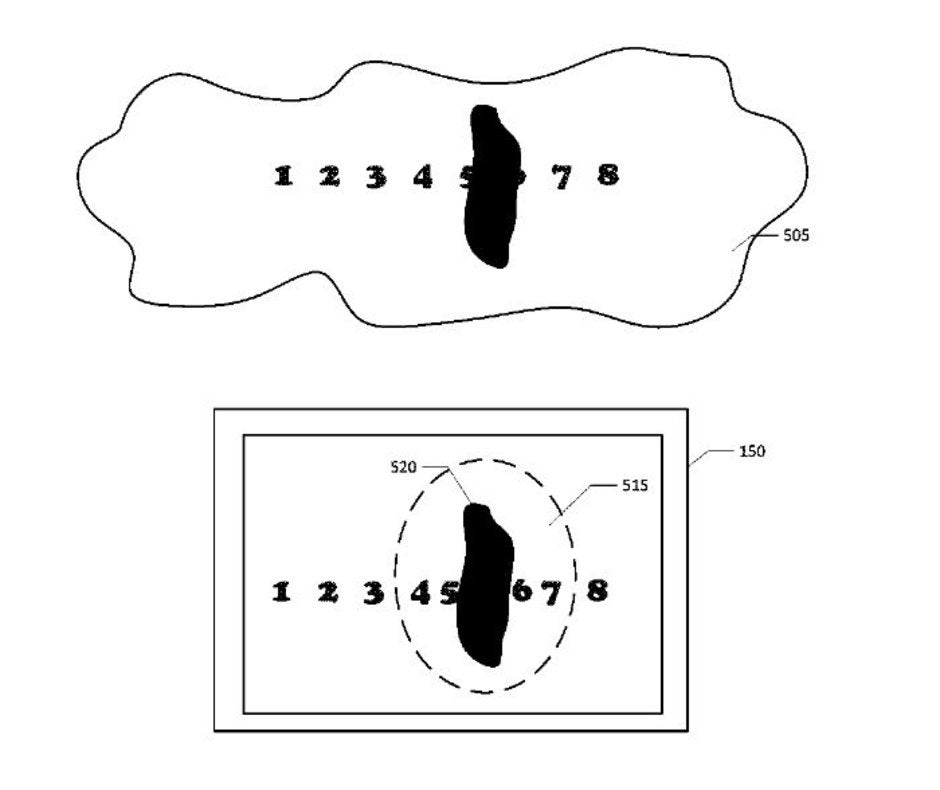
Apple's smartglasses could help someone with a visual obstruction view what he or she is missing
Apple is doing something similar with the FaceTime Attention Correction that is part of the iOS 13 update. This new feature will allow those engaged in a FaceTime video chat to look down at the screen while appearing to be looking straight into the camera to those on the other side of the chat. The fake eye contact is created by mapping the user's face and adjusting his or her eyes during the processing of the image. Like the technology discussed in the patent, this is done in real-time.
'This disclosure relates generally to the field of digital image processing, and more specifically to the field of warping images in an augmented reality device.
Many types of visual impairment may result in partial loss of sight, or weakened sight. Visual impairments may be the result of any number of health issues, such as diabetes, old age, retina issues, and the like. As an example, some people develop floaters or blind spots in their eye which cause obstructions in a person's visual field. The result is that people often have to compensate for blind spots and other obstructions and impairments by viewing only portions of a scene at a time. Thus, the full field of view is never made available at once.
In one embodiment, a method for image warping is described. A method for displaying a warped area includes obtaining an image of a real environment, obtaining a portion of a field of view comprising an obstruction, determining a portion of the image of the real environment corresponding to the obstruction, applying a warping function to an area surrounding the portion of the image of the real environment corresponding to the obstruction to obtain a warped area, and displaying the warped area."-Apple
Many types of visual impairment may result in partial loss of sight, or weakened sight. Visual impairments may be the result of any number of health issues, such as diabetes, old age, retina issues, and the like. As an example, some people develop floaters or blind spots in their eye which cause obstructions in a person's visual field. The result is that people often have to compensate for blind spots and other obstructions and impairments by viewing only portions of a scene at a time. Thus, the full field of view is never made available at once.
In one embodiment, a method for image warping is described. A method for displaying a warped area includes obtaining an image of a real environment, obtaining a portion of a field of view comprising an obstruction, determining a portion of the image of the real environment corresponding to the obstruction, applying a warping function to an area surrounding the portion of the image of the real environment corresponding to the obstruction to obtain a warped area, and displaying the warped area."-Apple
While the illustrations in the patent show the user holding an AR device to help him/her read a display on a phone or tablet screen, the same technology can be applied to a pair of AR smartglasses.
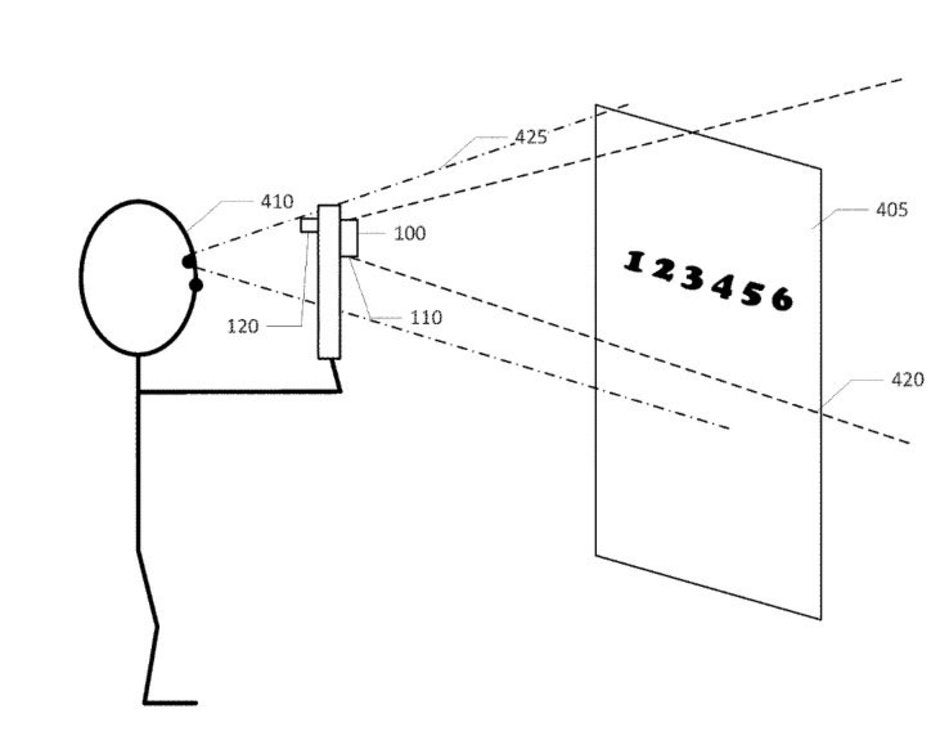
Illustration from Apple's patent; the technology should work with the company's AR smartglasses
Follow us on Google News



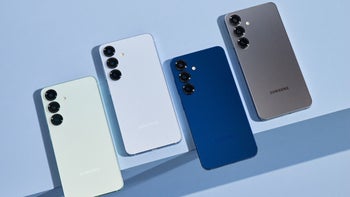




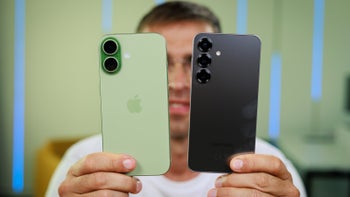
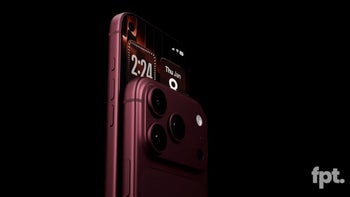
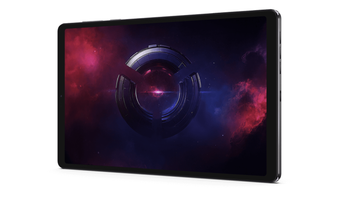
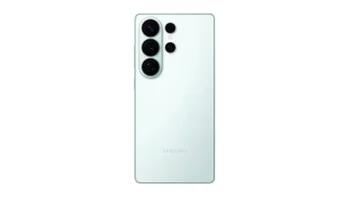
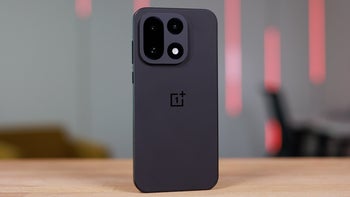
Things that are NOT allowed:
To help keep our community safe and free from spam, we apply temporary limits to newly created accounts: